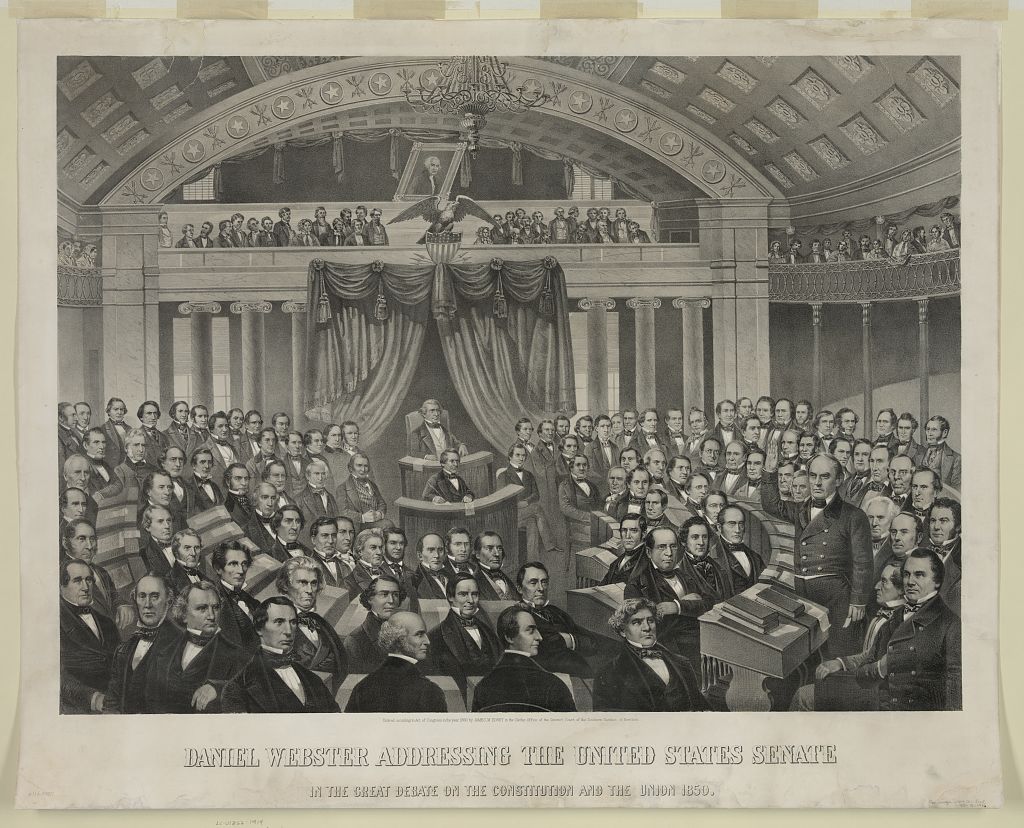
American painter, lithographer, and daguerreotypist from Massachusetts, known for his portraits and historical scenes depicting the early to mid-19th century. Working with his brother James at their photography studio in New York, he was selected to accompany the 1852 diplomatic mission to Japan led by Commodore Matthew C. Perry, later serving in the Navy during the American Civil War.
Brown’s technique demonstrates meticulous layering and a deliberate use of muted tones to convey atmosphere and depth. His canvases often reveal fine, stable craquelure typical of mid-19th-century oils, with minimal evidence of pigment degradation. The surface finish tends to be luminous, enriched by a lightly ambered varnish that enhances the composition’s tonal harmony. His works—particularly large historical scenes—show careful attention to human expression and architectural proportion, emphasizing both narrative clarity and a sense of visual endurance.
Painted circa 1850, this monumental oil on canvas captures U.S. Senator Daniel Webster delivering his historic “Seventh of March” speech on the Compromise of 1850—one of the most consequential debates in the nation’s history. Attributed to Eliphalet M. Brown, Jr., the work portrays the Senate Chamber in full session, with over one hundred recognizable figures including Henry Clay, Stephen A. Douglas, Jefferson Davis, and John C. Calhoun. Rendered with remarkable precision and narrative clarity, it remains the finest known visual record of mid-nineteenth-century American legislative life. Beyond its artistic achievement, the painting embodies the moral and political turbulence of its era; unity versus division, principle versus compromise. Its influence extends into the twentieth century, having inspired President John F. Kennedy’s admiration for Webster, as later recalled by Senator Ted Kennedy. Today, it is both a work of art and a living document of the nation’s conscience.
